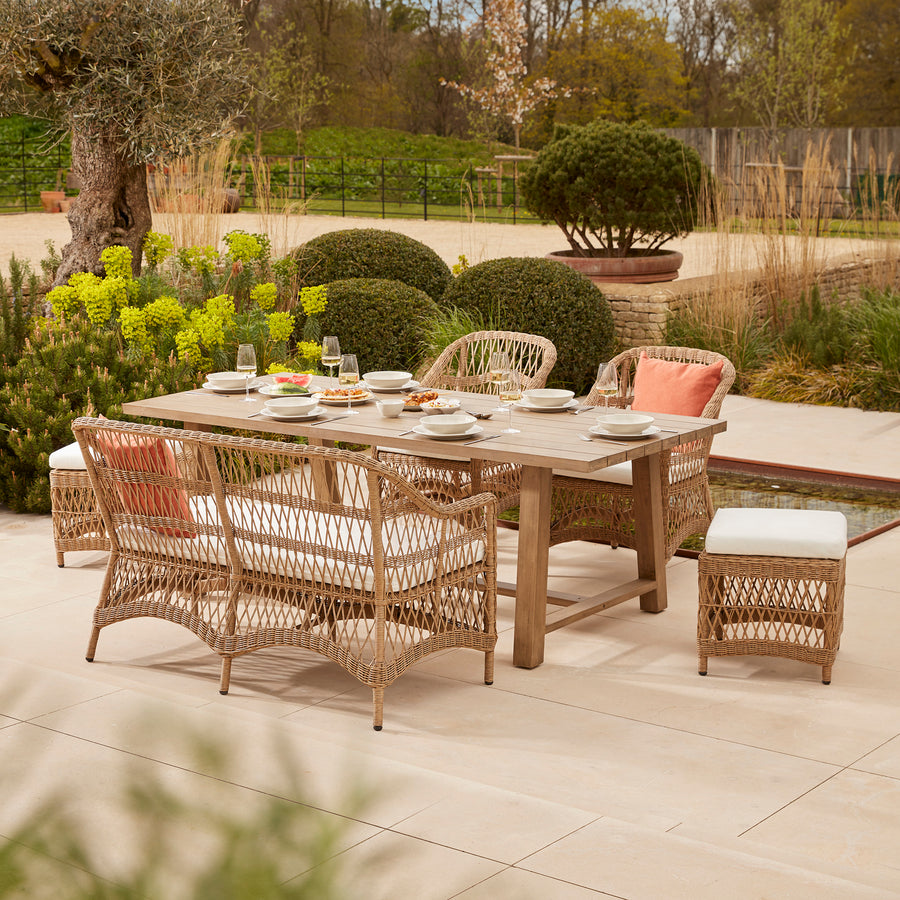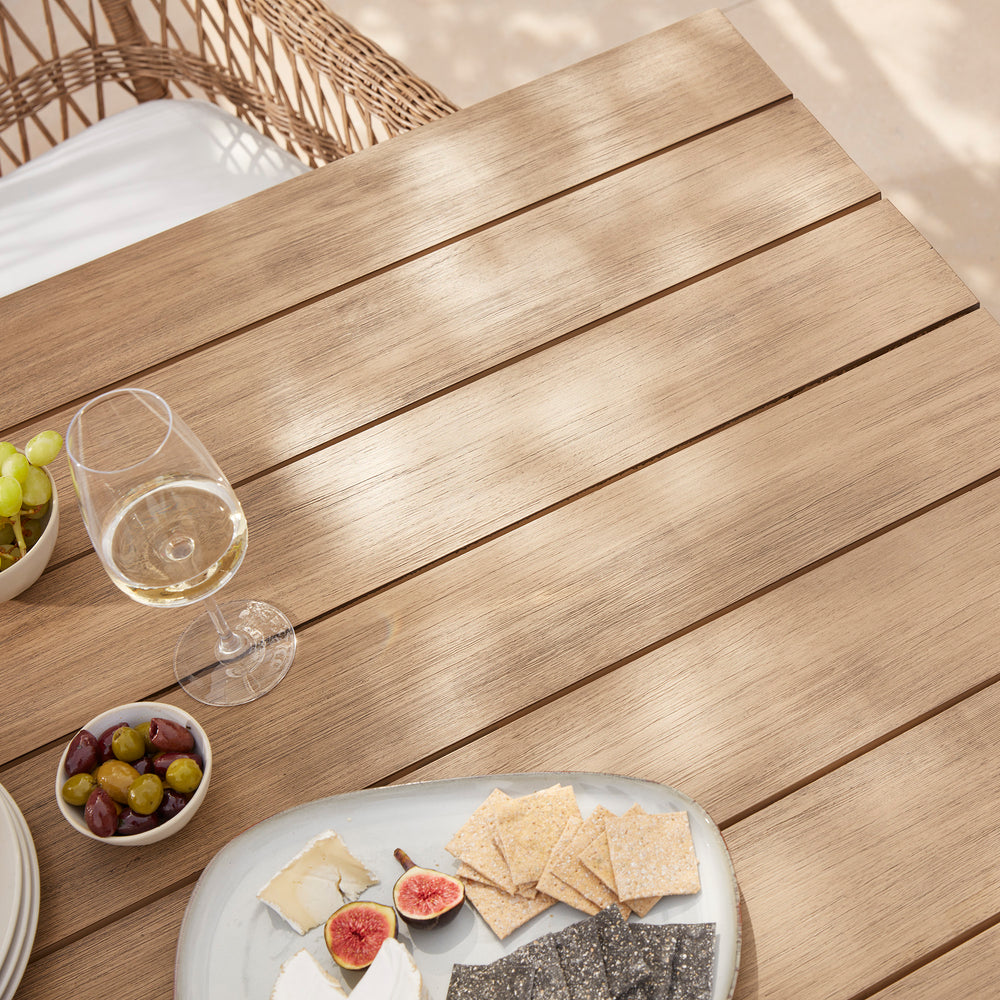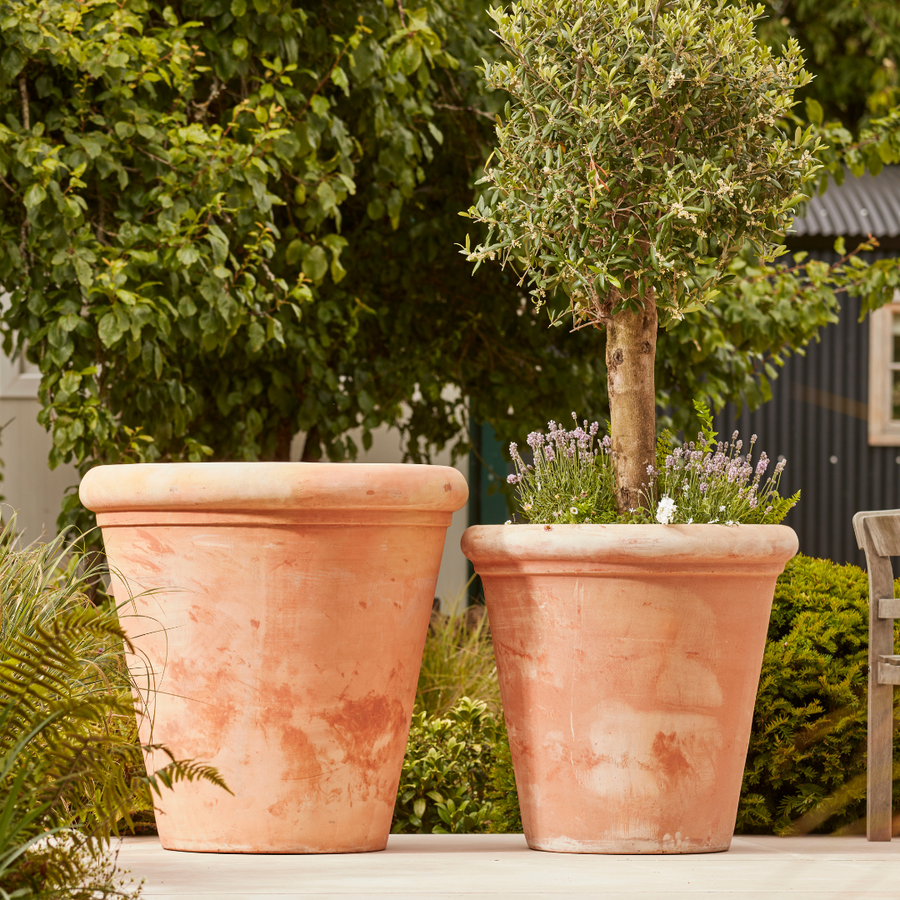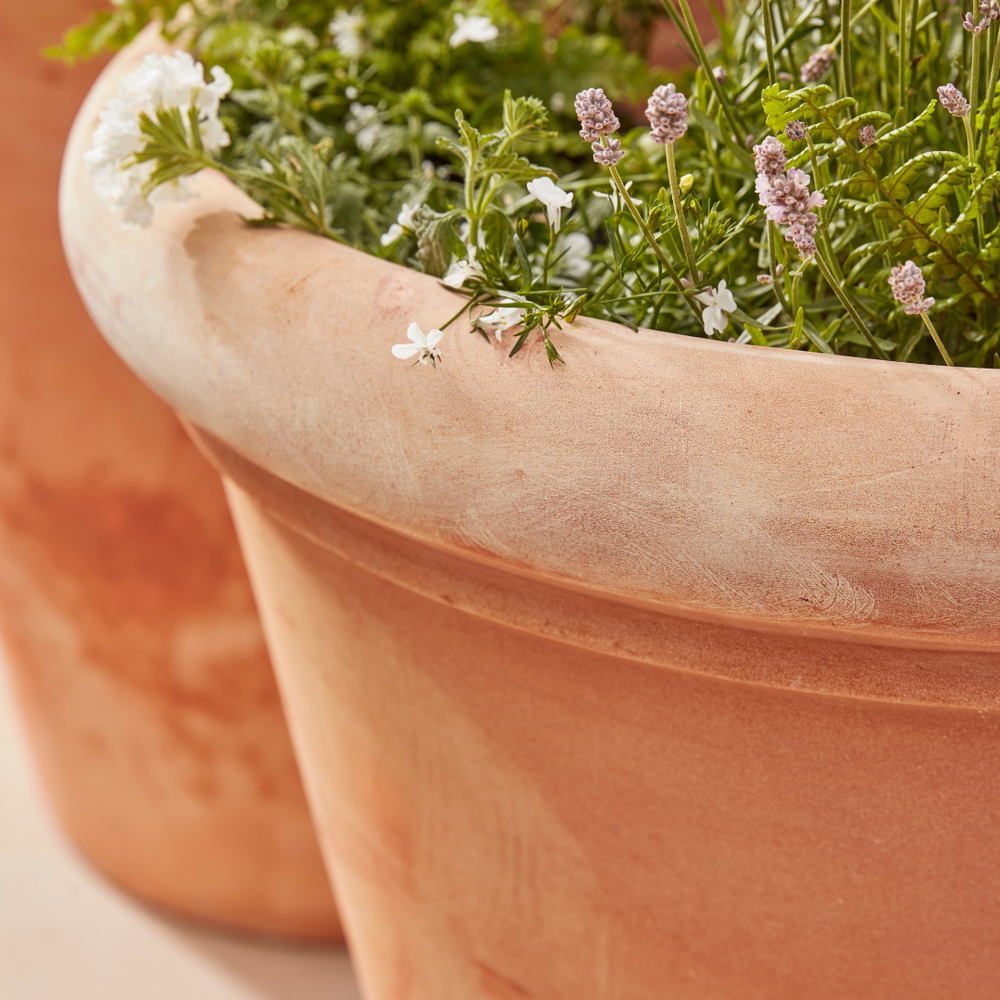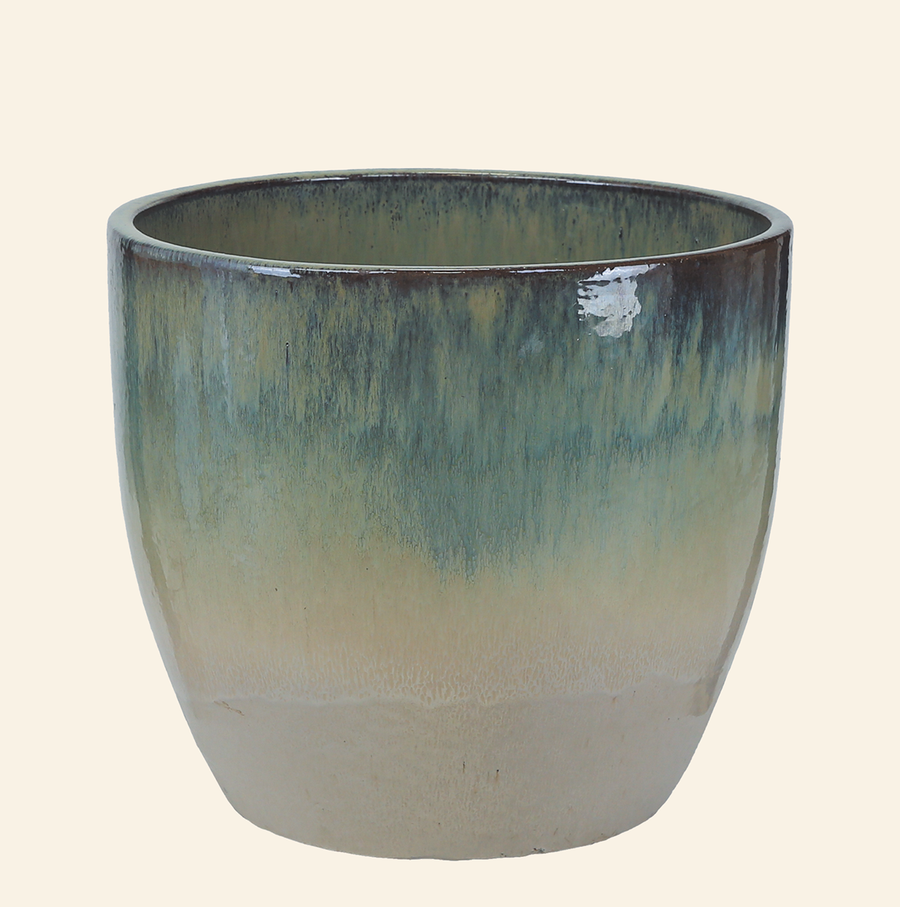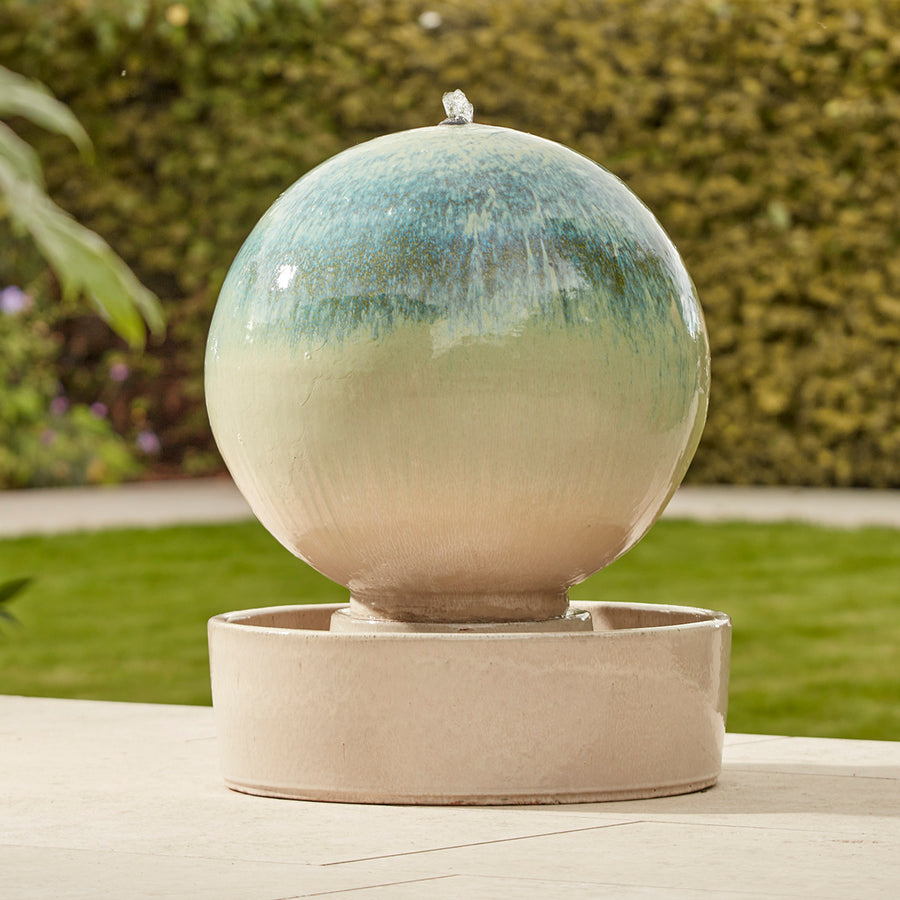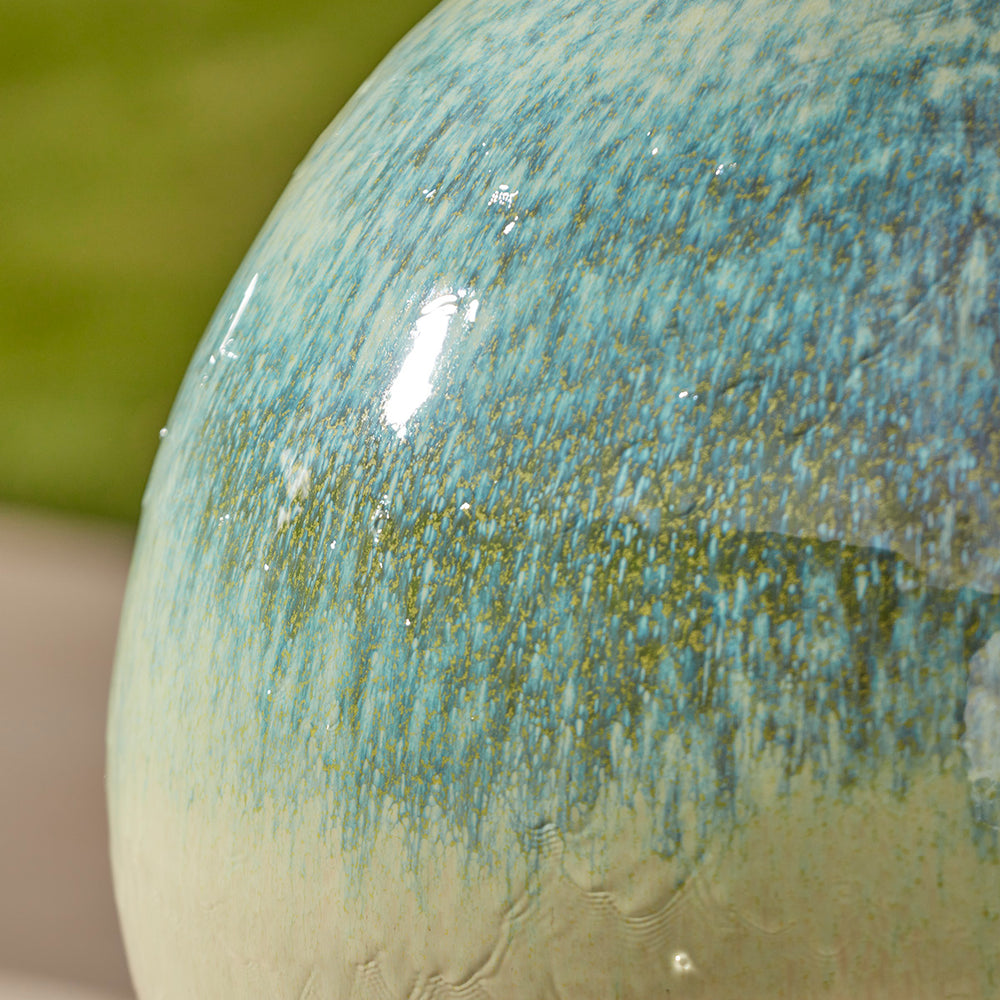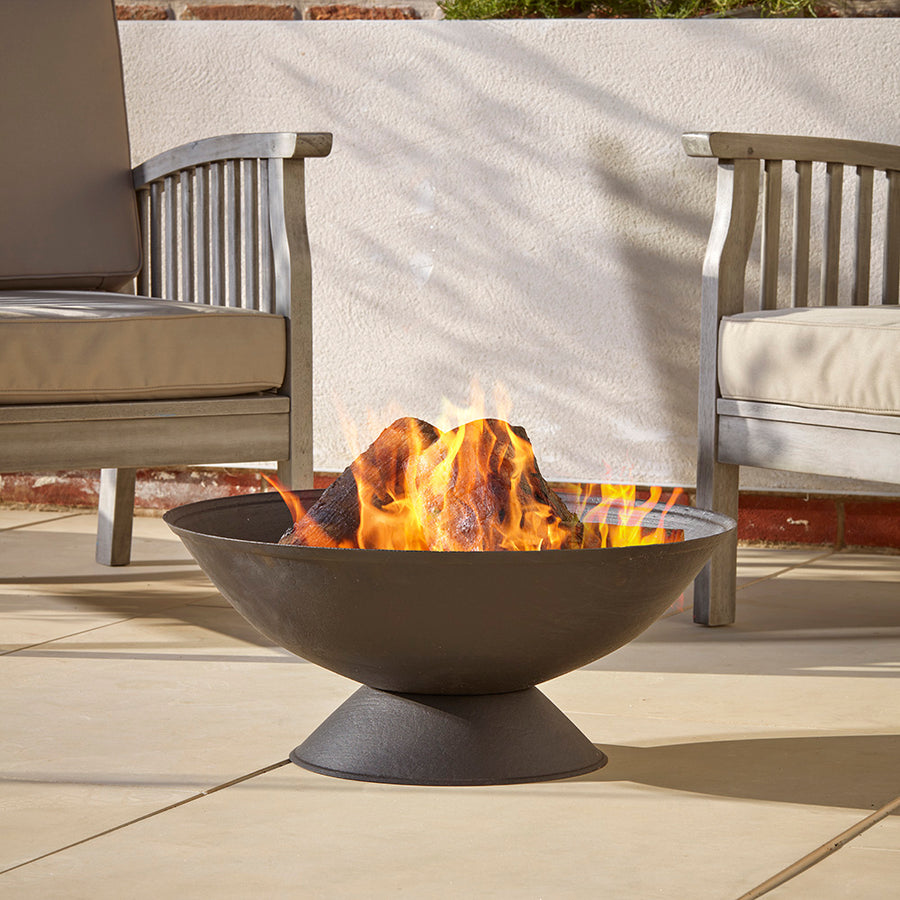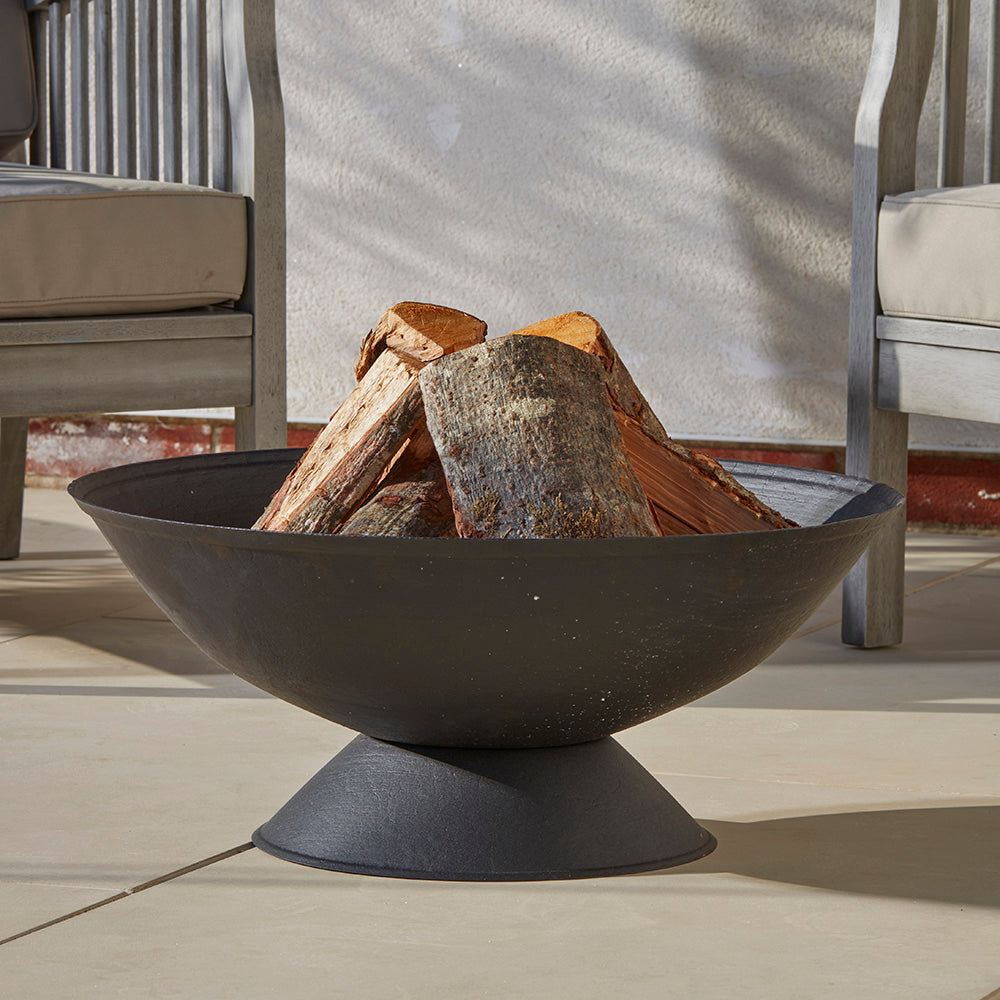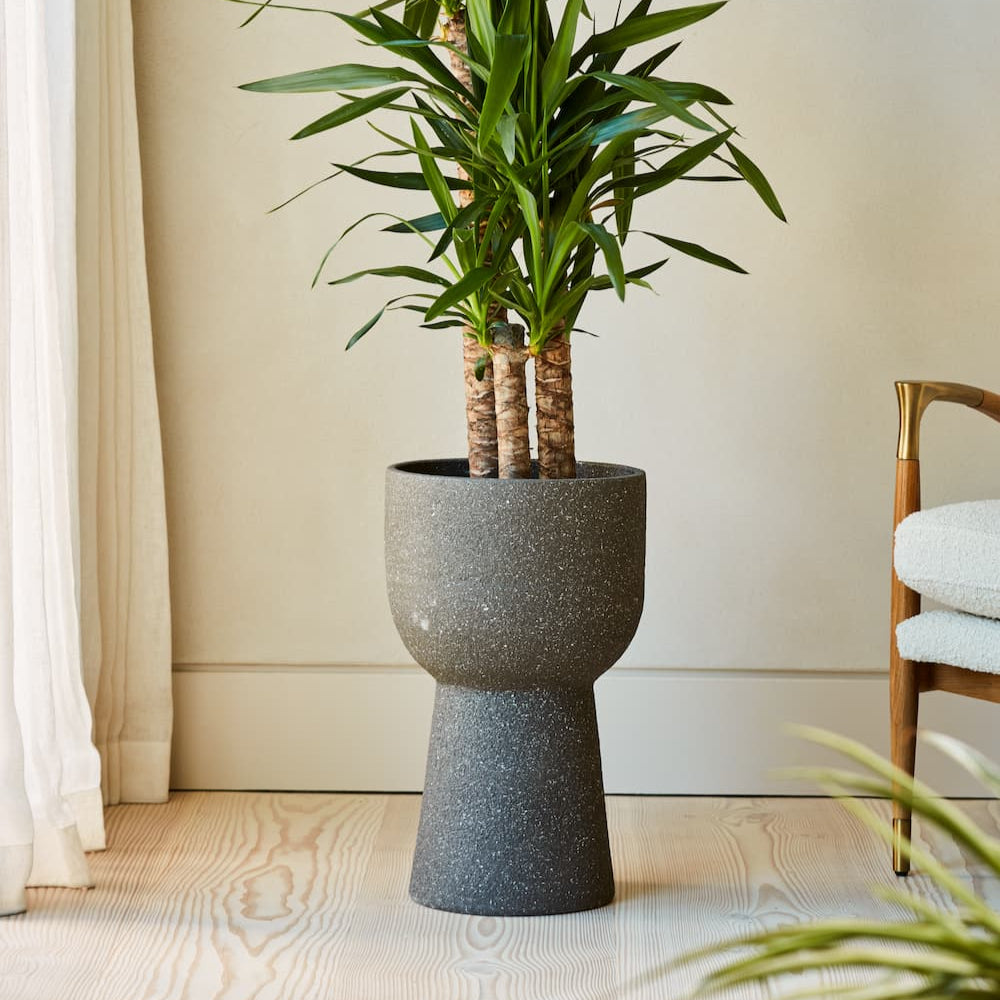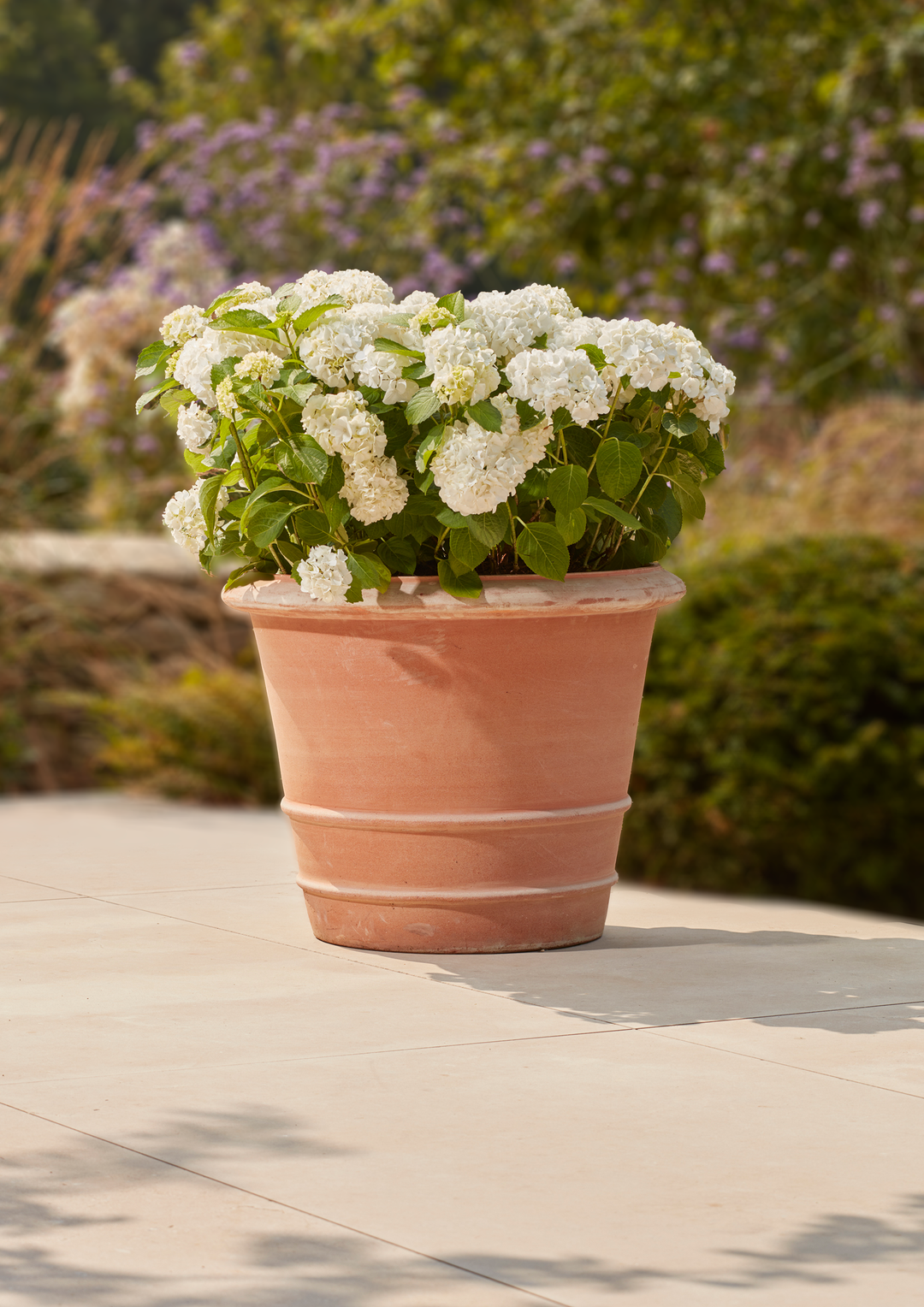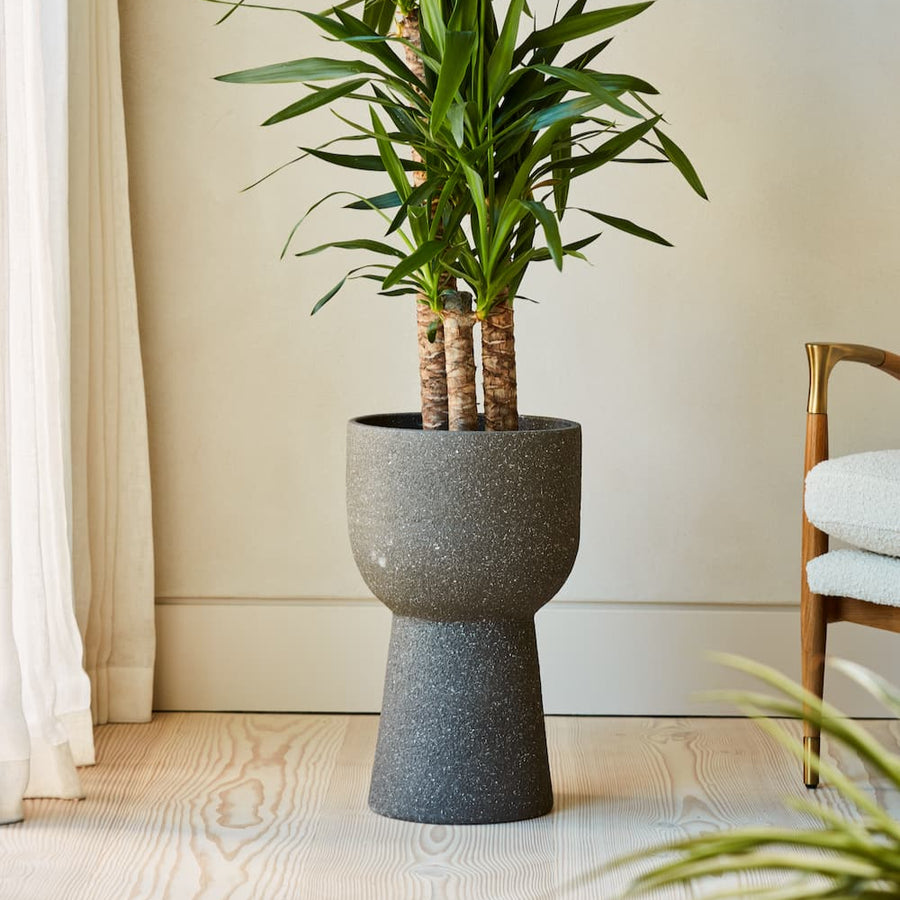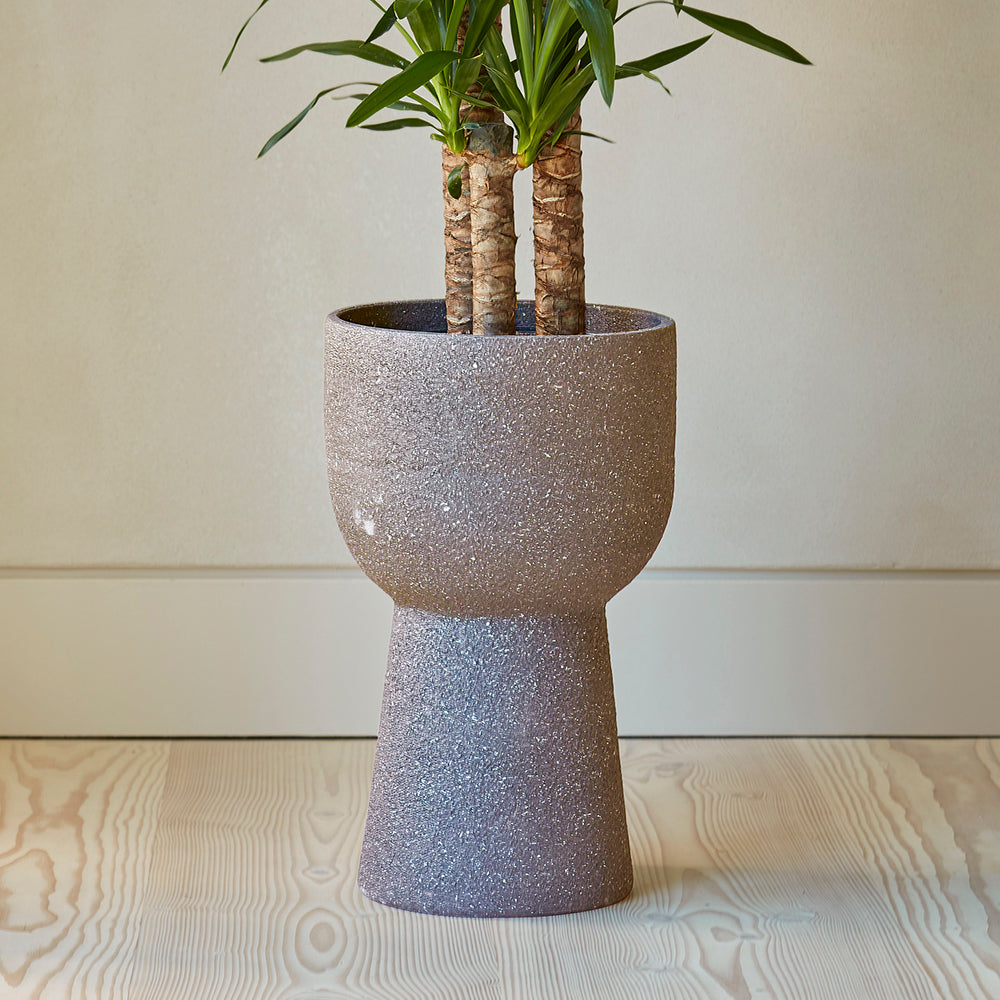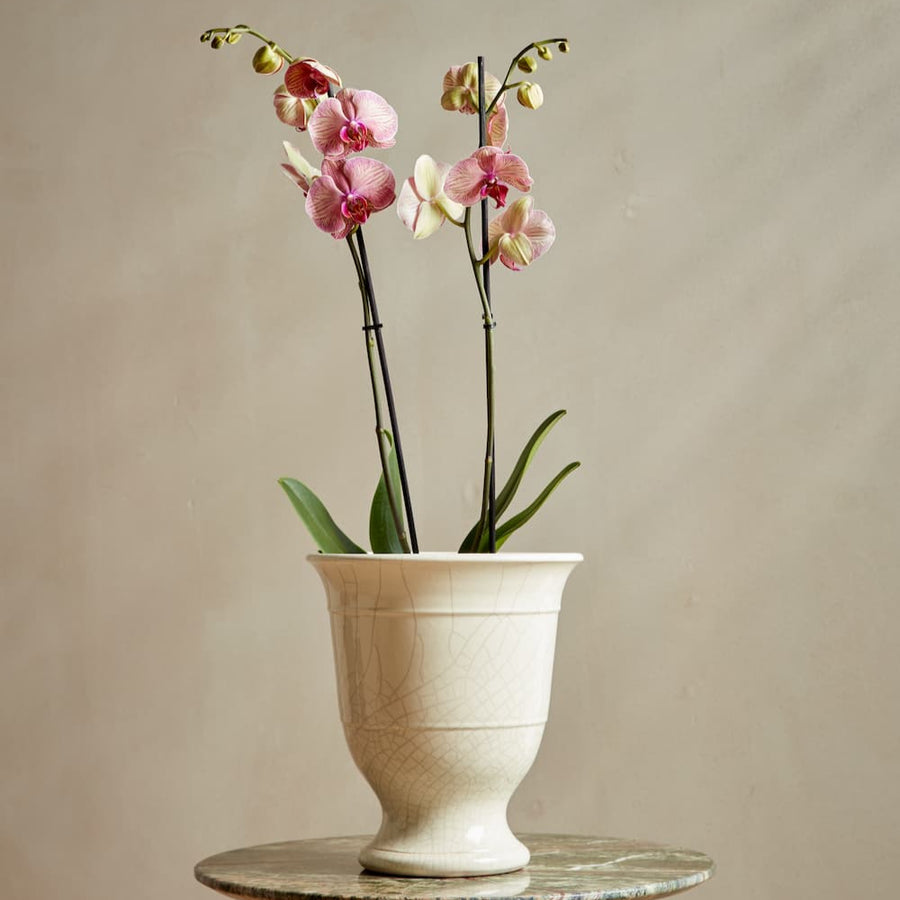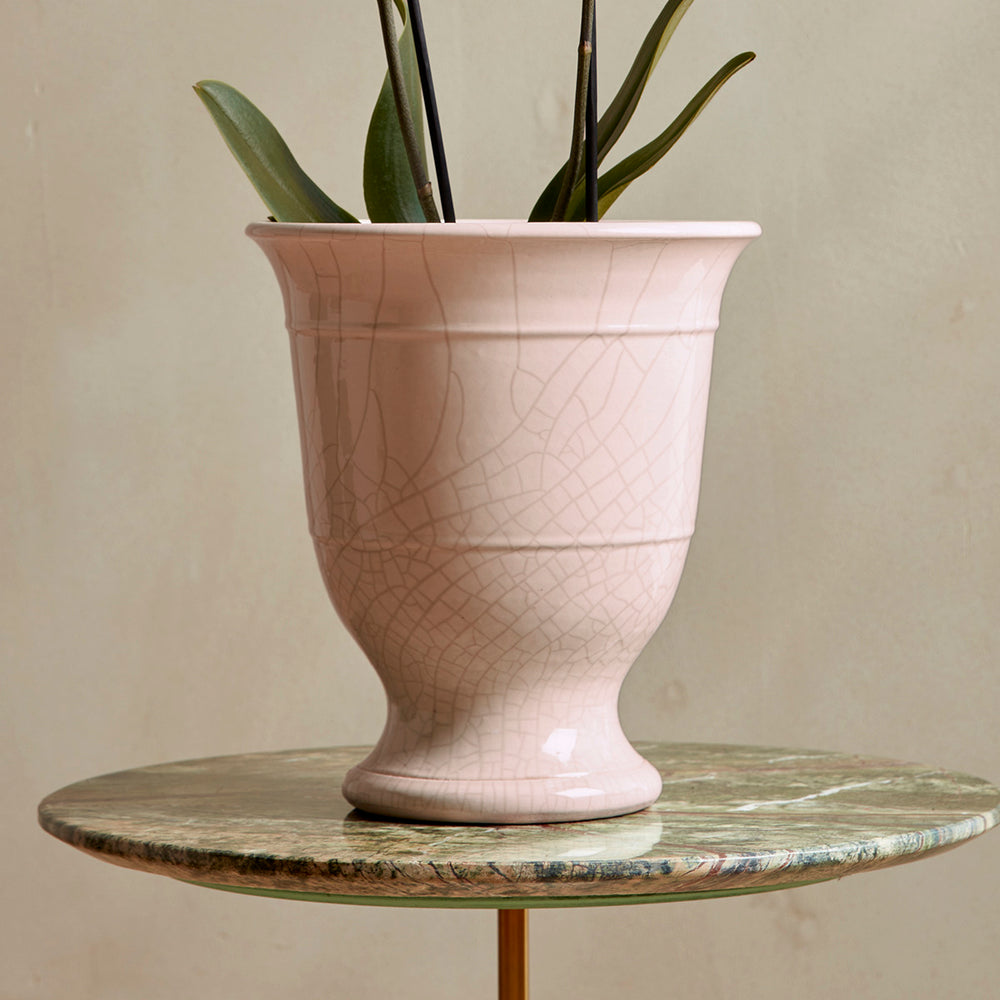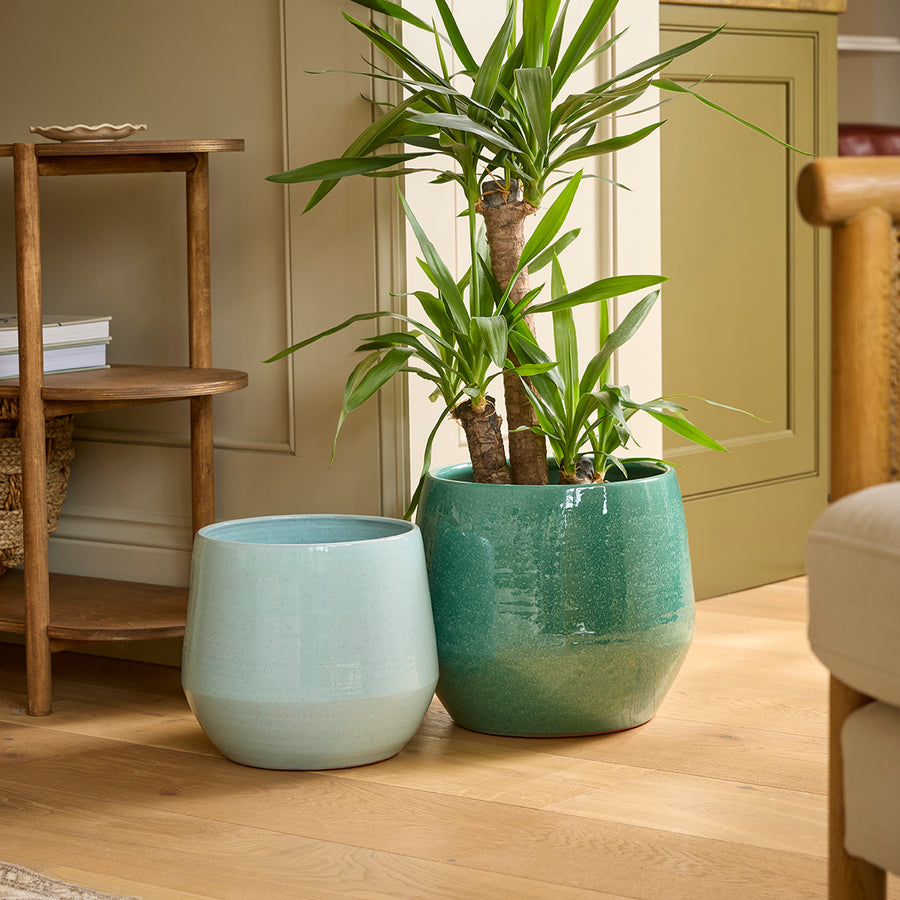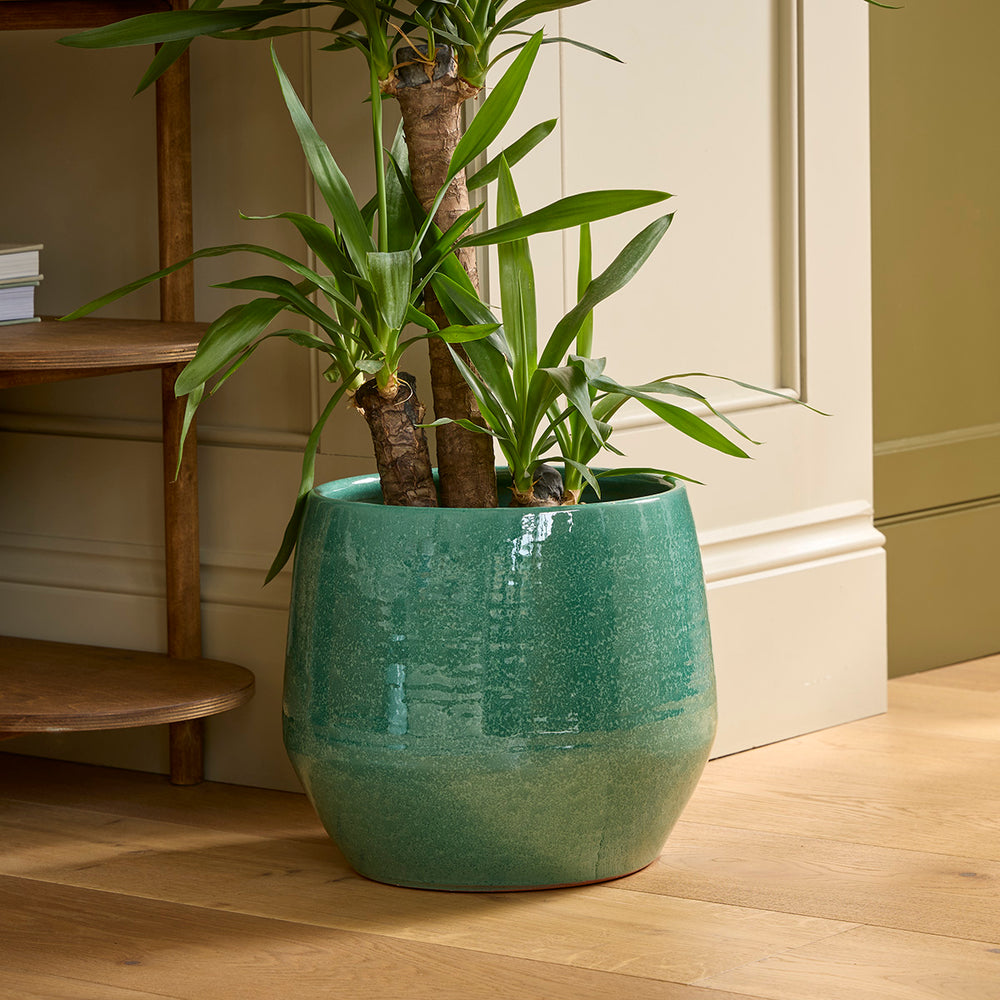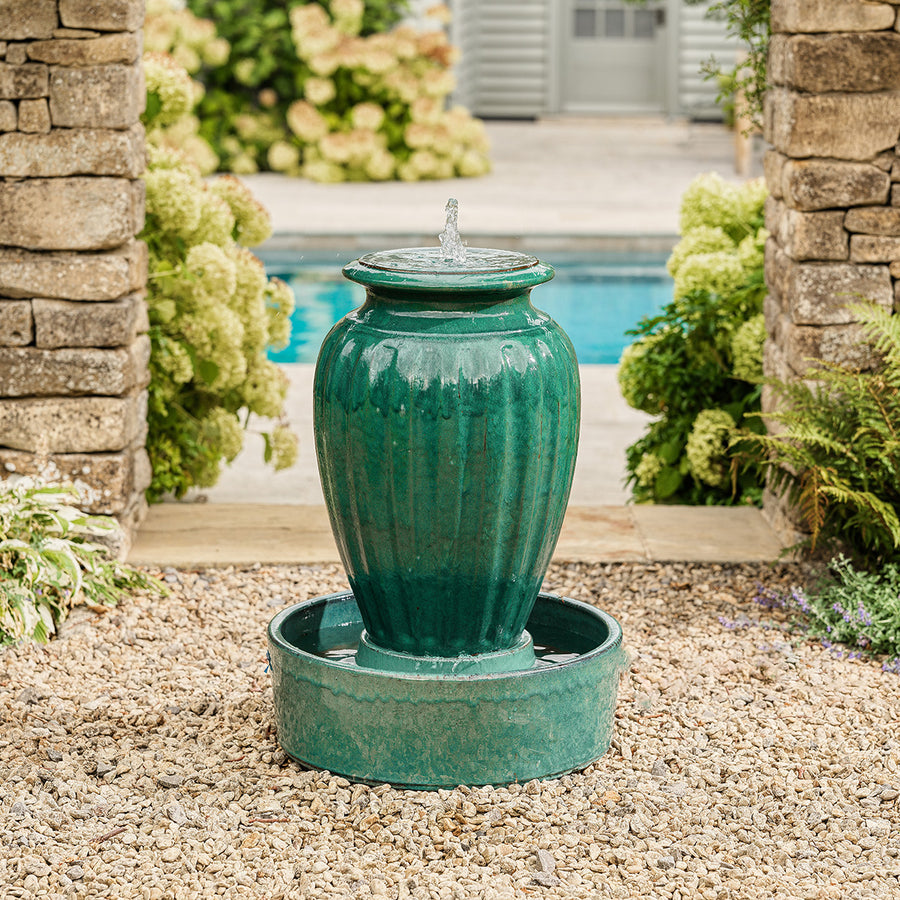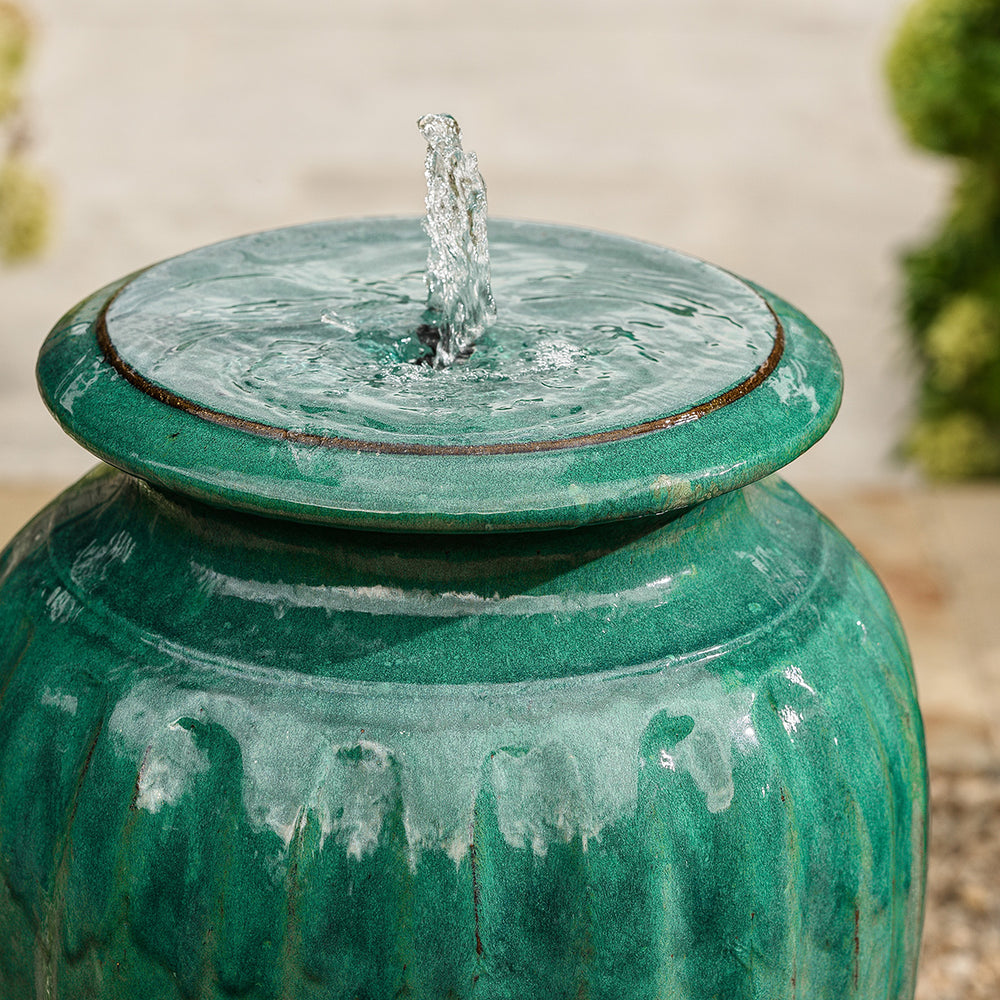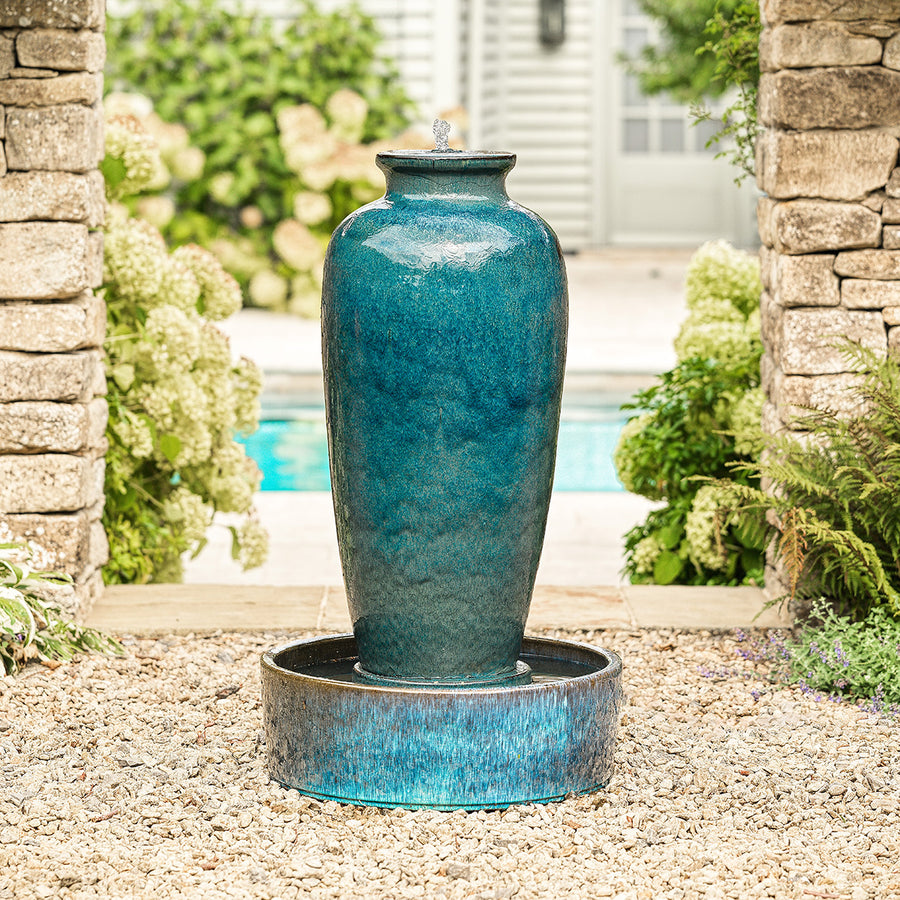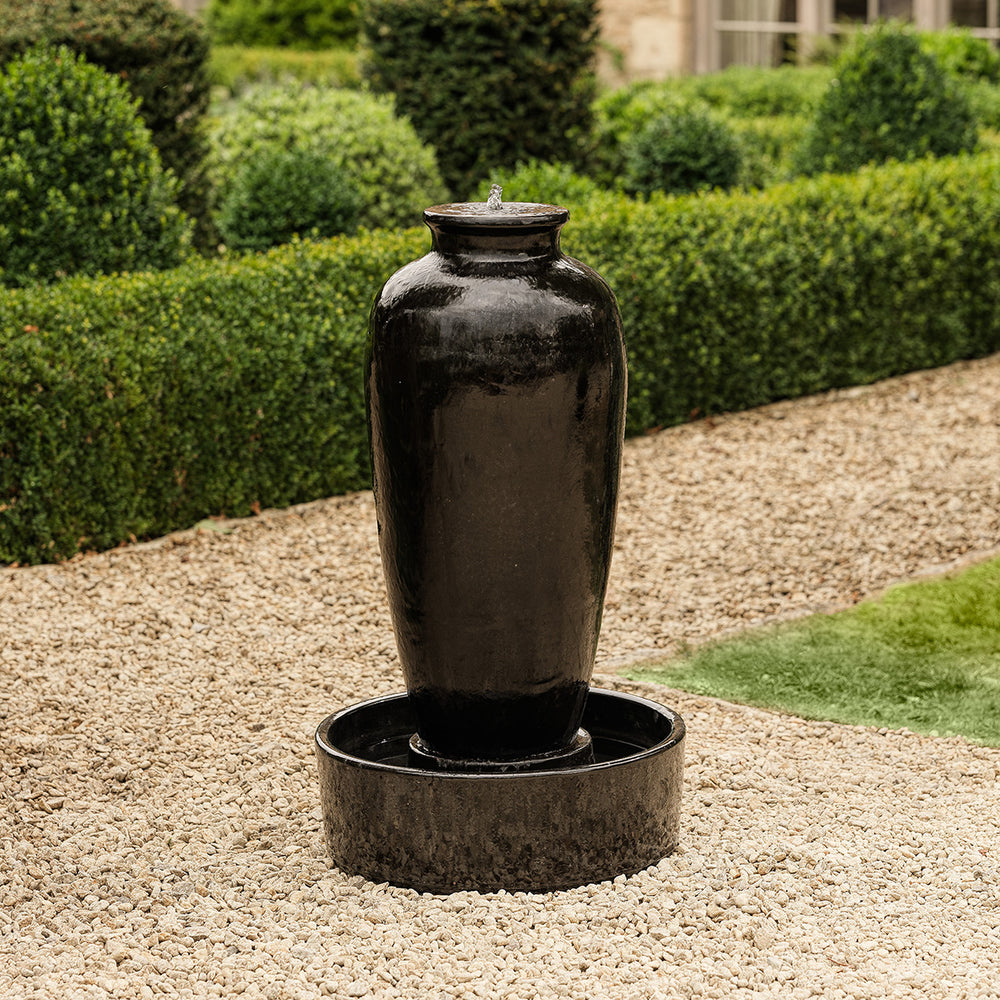How to take care of your indoor plants
Research shows that indoor plants have many health benefits from improving air quality, reducing blood pressure, helping with breathing problems and mood, increasing attention span and improved productivity so the popularity has soared in the home.
When you’re just starting out in the world of indoor gardening, it can be overwhelming but it isn’t as hard to care for indoor plants as you think. From feeding tips and advice on compost and watering to help with choosing an indoor plant for your home, our guide will show you how to get the most from your houseplants.

How to pot indoor plants
Choosing a pot for your indoor plant
When choosing a pot for your plant, if the growers pot supplied is under 15cm in diameter then you should choose an indoor pot that is at least 1cm bigger in diameter to allow your plant to grow and to ensure it doesn’t get root bound too quickly.
If your house plant is supplied in a pot that is over 16cm in diameter, choose an indoor pot that is a minimum of 2cm bigger in diameter. Ensure you check your decorative pot’s height so it is tall enough to accommodate the suppliers pot if you are not re-potting directly.
Drainage is an essential element to ensure they stay healthy. Some indoor pots have drainage holes whereas some do not. If planting in a pot with no hole, create a drainage by adding crocks, pebbles, or stones to the bottom of your pot before adding compost.
Our extensive range of Terra indoor planters can accommodate all indoor plants of all varieties and sizes.
For a contemporary look to your interior, the Terra pots come in four sizes and different colours to compliment the green foliage of indoor plants, whilst the smaller Terra sized planters are perfect for succulents such as cacti or aloe vera.
Our new Margot planters are ideal for larger indoor plants such as the Fiddle-leaf fig and perfect for monsteras.
Repotting
Repotting your plants can sound tricky, but we have a few tips to make it a success. Signs include; the plant is noticeably outgrowing its pot and the roots are coming out the bottom with yellowing leaves.
Choose a pot that is 2 inches greater in size. Gently lift your plant from its old pot, being careful not to break off any stems or roots. Massage and separate the roots before placing your plant in the centre of its new pot and fill with compost around its perimeter.
Which potting soil is best for indoor plants?
A question we are often asked is whether indoors plants need a special compost. Compost needs to provide water, nutrients and oxygen to the root system of your plant, whilst allowing drainage which means texture is important.
Most house plants will be happy in a multi-purpose compost or indoor potting mix. These mixes absorb moisture very well and resist compaction, and along with a regular fertiliser will allow your plants to thrive.
If you are growing cacti or succulents, they prefer a coarse soil so we recommend a specialist compost which contains a high proportion of sand and grit.
Orchids or Phalaenopsis need a free-draining compost, often made up of bark chips, peat moss and perlite.
Indoor plant care
How much heat and light does my indoor plant need?
Plants differ greatly in their need for light but mostly need 8 hours of sun a day. Indoor plants such as succulents, yuccas and aloe vera all love a sunny windowsill. Tropical plants such as palms, dracaena, peace lily and philodendron can cope with dappled shade.
As the days gradually shorten towards winter, we recommend you move your plants closer to a window to maximise the amount of sunlight.
Almost all houseplants need a minimum temperature of 12-18°c to survive. They also don’t deal well with temperature fluctuations so keep them away from cold draughts from windows or doorways.
How often to water indoor potted plants?
The main reason most indoor plants don’t make it is because of overwatering. Too much water can end your plant life very quickly. You can test the moisture level in your plants’ pots by pushing your finger into the compost to feel whether it is damp below the surface.
Make sure the compost is kept moist for best results. A watering schedule of once or twice a week is suitable for most plants, water the plant thoroughly but infrequently. Signs that you’re overwatering are if the leaves look droopy and start to turn yellow.
Succulents and cacti are used to desert conditions and hold their own water so only need topping up every month.
How to Choose the Right Plant for your Home
Indoor plant greenery can transform a space and breathe new life into a room. When choosing a plant for a specific room in your home, certain houseplants have different needs when it comes to sun exposure and humidity levels. An indoor garden can be your refuge from the outside world so we’ve chosen our favourite plants for each room below.
Kitchen and Bathroom
There are several plants that love humid and steamy conditions. Consider ferns, clusia, tradescantia, palms, snake plants, devil’s ivy and bamboo which can cope with extremes of temperature and air quality.
Living Room and Bedroom
Zamioculca, calathea, monstera, aloe vera, lavender, peace lily, money plants and spider plants are a great way to boost mood, add colour to your interior and build up your gardening skills.
With a bit of care, attention and by following our guide, you can have a home filled with beautiful, healthy indoor plants. Explore our full range of indoor planters to embrace your urban jungle.


